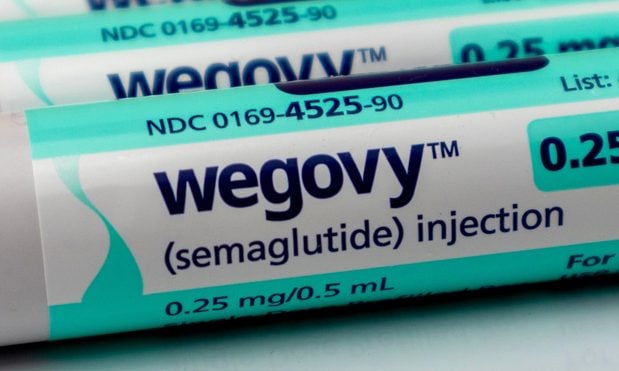Private Health Insurers
Private health insurers increased their portion of national health spending 5.8 percent, to about $1.2 trillion. The "net cost of private health insurance," or the amount left over for items such as administration costs, shareholder profits and agent commissions, increased 15 percent, to $164 billion. Much of the net cost of insurance increase appears to be due to federal government policy changes that cut spending on the Affordable Care Act cost-sharing reduction subsidy program and shifted the spending into the ACA premium tax credit subsidy program. That decision appears to have helped increase the amount of private health insurance revenue included in the net cost of insurance total to $51 billion in 2018, from $41 billion the year before.
Other Spending Categories
Overall increases in most other health spending categories were also modest: Spending on every major category increased at a rate of 5.2 percent or less. Spending on prescription drugs, for example, increased just 2.5 percent, to $335 billion. Here's what happened to spending in some other categories:
- Hospital care: $1.2 billion. (Up 4.5 percent)
- Physician and clinical services: $726 billion (Up 4.1 percent)
- Nursing home care: $169 billion (Up 1.4 percent)
- Dental services: $136 billion (Up 4.6 percent)
- Home health care: $102 billion (Up 5.2 percent)
- Basic medical research: $53 billion (Up 5 percent)
Resources
The CMS national health expenditures tables are available here. Read more:
© 2025 ALM Global, LLC, All Rights Reserved. Request academic re-use from www.copyright.com. All other uses, submit a request to [email protected]. For more information visit Asset & Logo Licensing.













